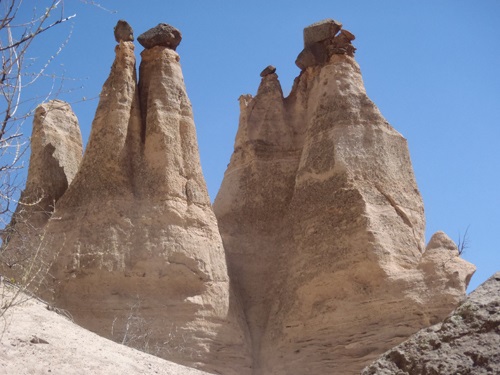Provide effective environmental stewardship for the protection of natural resources through careful monitoring of existing conditions, documentation of changes that occur, and adaptive management techniques that address detrimental changes
- Protect native vegetation, wildlife and cultural resources through appropriate planning, monitoring, and on-the-ground projects
- Designate habitat patches as core areas on the basis of their importance to wildlife and work to maintain connections among core patches
- Use Los Alamos Invasive Species Plan(PDF, 2MB) to monitor and control threatening non-native species on open space
- Develop clean-up and restoration programs of public lands
- Implement systems and programs in which the County, volunteers, and community groups can work together
- managing, funding, and interpreting the open lands system.
- Engage young people, schools, residents, and businesses in providing stewardship of the open lands system as an educational and civic resource in which they can take pride through involvement and responsible action.
- Establish definitions of permitted uses, level of access, and protective restrictions on County open space
- Continue to participate in regional, multi-jurisdictional discussions and planning for land and trail management through the East Jemez Resource Council, the Los Alamos National Laboratory Trails Working Group, and similar collaborative groups
Strategy 1. Protect and enhance wildlife habitat throughout the County
- Inventory and monitor core habitat areas on the basis of their importance to wildlife and work to maintain connections among core patches
- Maintain lists of plants and animal species found in Los Alamos County
- List threatened and endangered species found within the County, map their locations, and monitor their populations yearly
- Map and restore wetland areas
Strategy 2. Monitor conditions on open space with regard to soil erosion, vegetative cover, water quality, and air quality
- Document changes to the landscape through repeat photography
- Use the Los Alamos County Invasive Species Plan to monitor and control threatening non-native species on open space
Strategy 3. Prioritize restoration projects and seek grant funding for implantation of the projects
- Continue clean-up and restoration programs on County lands
- Engage young people, schools, residents, and businesses in providing stewardship of the open lands system as an educational and civic resource in which they can take pride through involvement
Strategy 4. Monitor and moderate impacts from construction projects
- Continue implementation of staging area documentation and evaluation
- Finalize development of stormwater standards for construction projects in the County
- Insure proper re-seeding and habitat restoration is included as part of construction projects
Los Alamos County extends from the Rio Grande in White Rock Canyon to the summit of Pajarito Mountain at over 10,500 feet. Within are a wide range of habitats for birds. Through December 2014, 244 species of birds have been recorded in Los Alamos County. Year-round residents in the ponderosa pine forests around town include Pygmy Nuthatches, Brown Creepers, Acorn Woodpeckers, and Cassin's Finches. In winter, Common Goldeneyes, Common Mergansers, and an occasional Bald Eagle can be seen along the river. For the latest sightings in the County, visit the Los Alamos page at eBird.org.
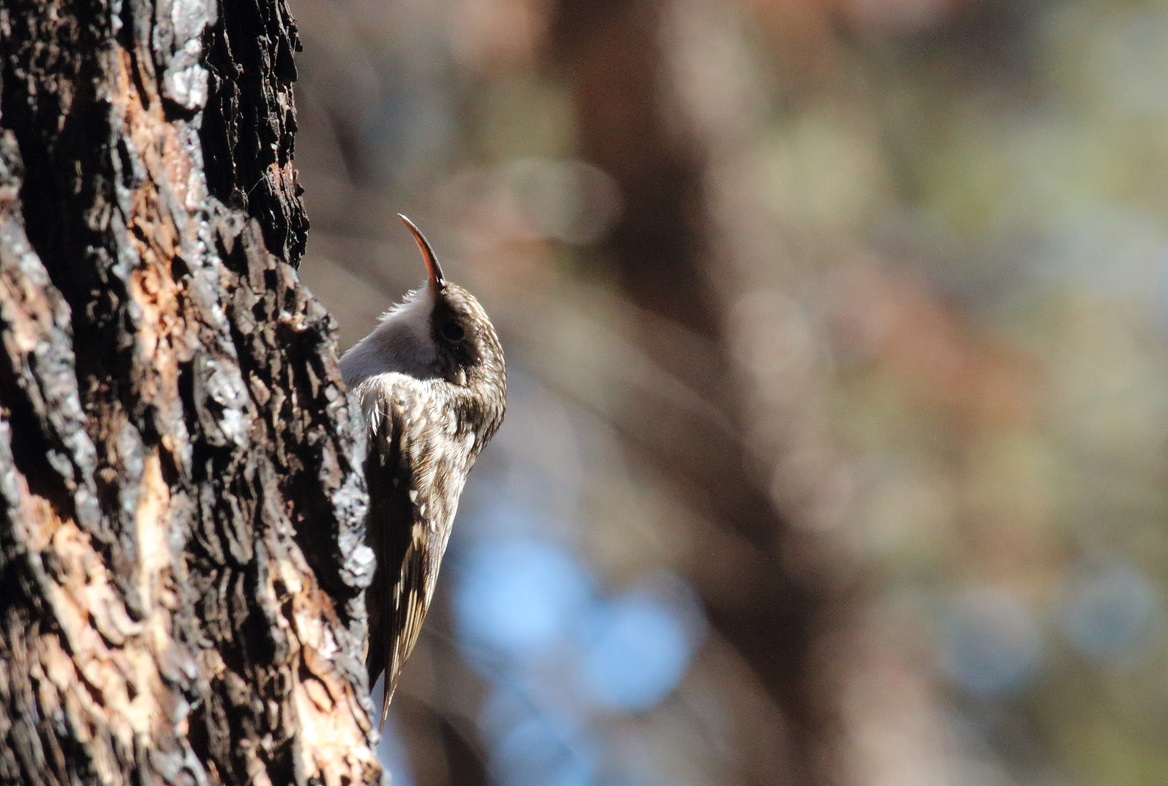
Looking for a place to see some birds?
Species that live in ponderosa pine forests can be found along the Woodland Trail. Birds in the spruce-fir forests of the highest mountains can be seen along the Cañada Bonita Trail. Overlook Park in White Rock hosts a wide variety of species, especially near the water treatment facility.
Mule Deer, Abert squirrels and coyotes are common wildlife sightings around Los Alamos. At night, Gray foxes, raccoons, and ringtails roam, often photographed by wildlife cameras.
For more information about wildlife around town, visit the Pajarito Environmental Education Center's Nature Guides.
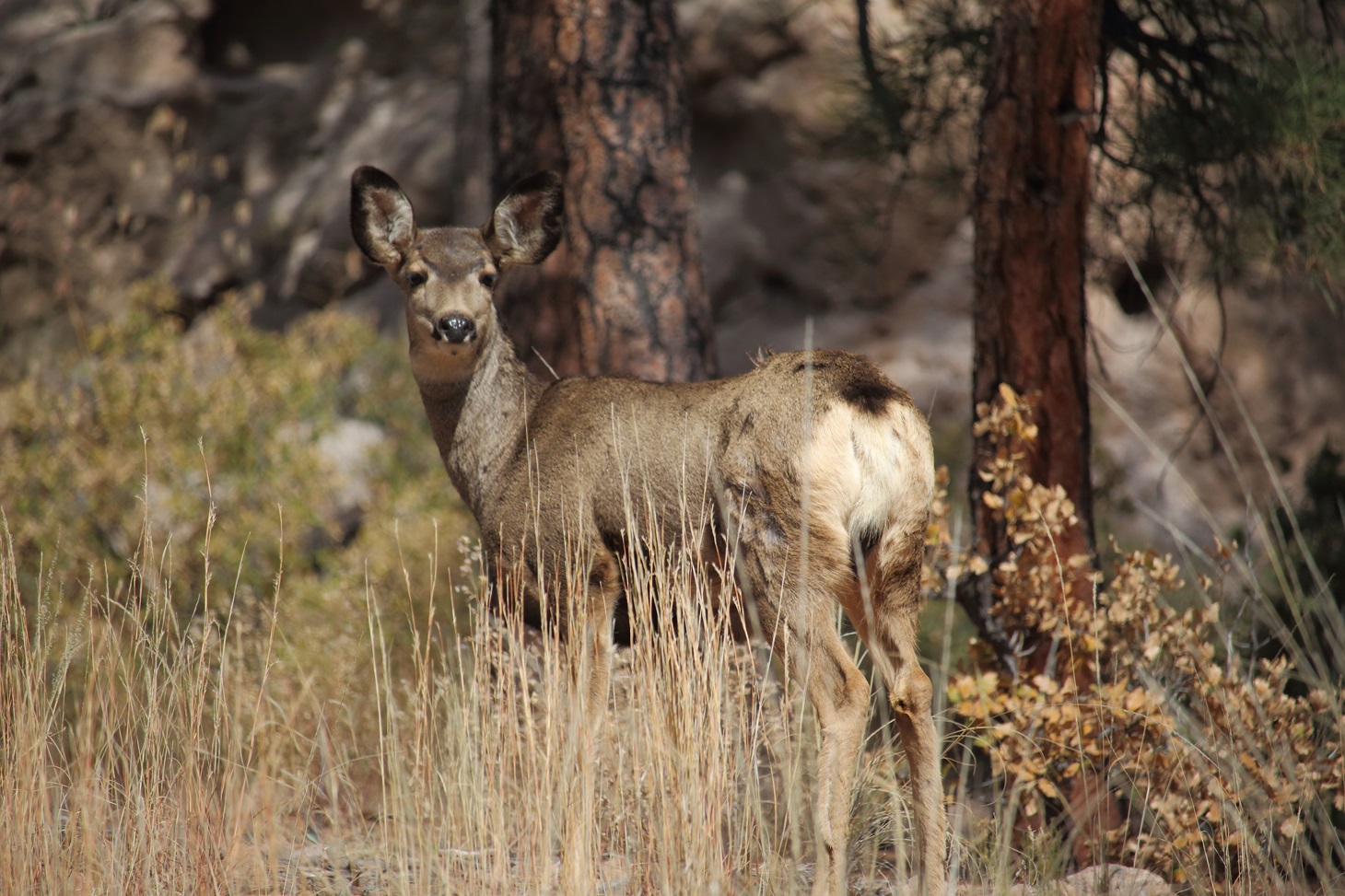
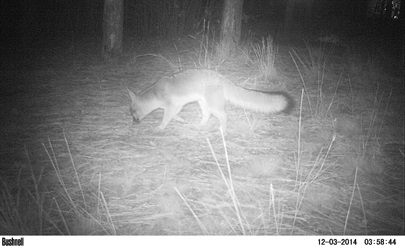
The Jemez Mountains are located between three geographic provinces, the Southwestern Deserts, the Rocky Mountains, and the Great Basin. As a result, plant life in Los Alamos County is incredibly diverse with almost 1,000 species recorded within the County. Common Rocky Mountain plants such as Pasque flowers and penstemons are found throughout the area, but White Rock Canyon has a unique collection of plants that reach their northernmost extension there. On SEINet you can find a complete species list for Los Alamos County and for White Rock Canyon.
For a list of "What's Blooming Now," visit the Pajarito Environmental Education Center's guide.
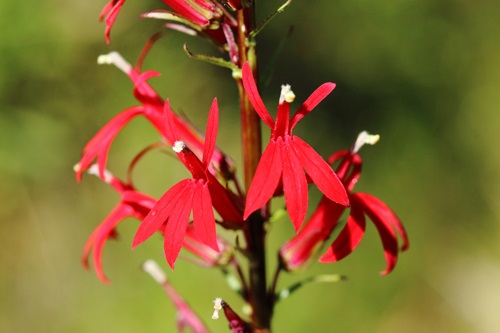
The delightful scenery in Los Alamos is a result of volcanic activity over the past 15 million years. The eruptions of the Valles caldera, a volcanic center located eight miles west of town, created the orange and tan cliffs of the central canyons, and the black, rugged basalts of White Rock Canyon are formed from lava flows from small volcanoes east and west of the Rio Grande. Erosion created the central canyons, small slot canyons, and tent rocks, teepee-shaped towers capped by balanced rocks. Tent rocks are most developed in Pueblo Canyon.
